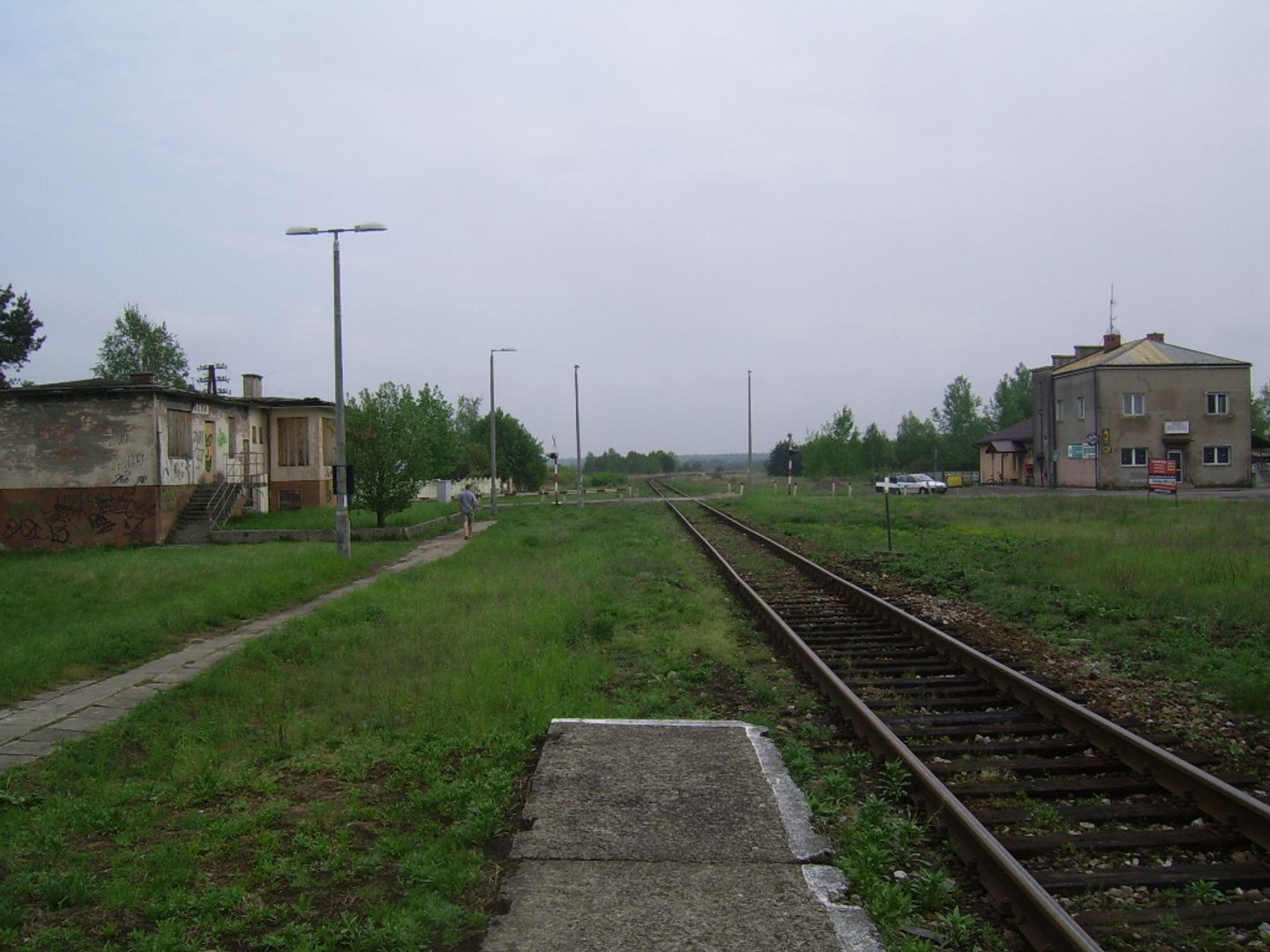Oakwood Rzeczycka
6

Overview
Dąbrowa Rzeczycka is a village in Poland, located in the Podkarpackie Voivodeship, within the Stalowa Wola County. Its name derives from the oak trees that once grew in the area, indicating the village's forest origins. The first mention of Dąbrowa Rzeczycka dates back to the years 1658–1659, when it was owned by Aleksander Grodzki. In 1772, it became part of the Austrian Partition, and its strategic location near the border held significant historical importance. In the 18th century, Dąbrowa was part of the Lubomirski estate and had only a few homesteads by the end of that century. In the 19th century, the village prospered thanks to local sawmills, including the well-known "Leplówka," which became the center of economic and cultural life. During the interwar period, Dąbrowa was home to local organizations and played a role in underground activities during World War II. It is worth mentioning that Jerzy Kosiński, a renowned writer, spent part of his childhood here, which influenced his work, particularly the novel *The Painted Bird*, although it is a work of fiction. During the war, the village was not pacified, and after the war, it became part of the Rzeszów Voivodeship and later the Tarnobrzeg Voivodeship. Dąbrowa Rzeczycka is situated in the San River valley, surrounded by marshes and the Lipskie forests, which contribute to its rich fauna and flora. Its developed transport infrastructure, with roads leading to Stalowa Wola, Annopol, and Lublin, as well as a railway line, makes the village an important transport hub in the region. Architecturally, the village retains traces of its past, including remnants of the sawmill that symbolized the local timber industry. Interestingly, during the occupation, the former sawmill building housed grain storage facilities and an elementary school. Thus, Dąbrowa Rzeczycka is a place with a rich history, cultural heritage, and an important role in the regional economic life.
Location
2025 Wizytor | All Rights Reserved